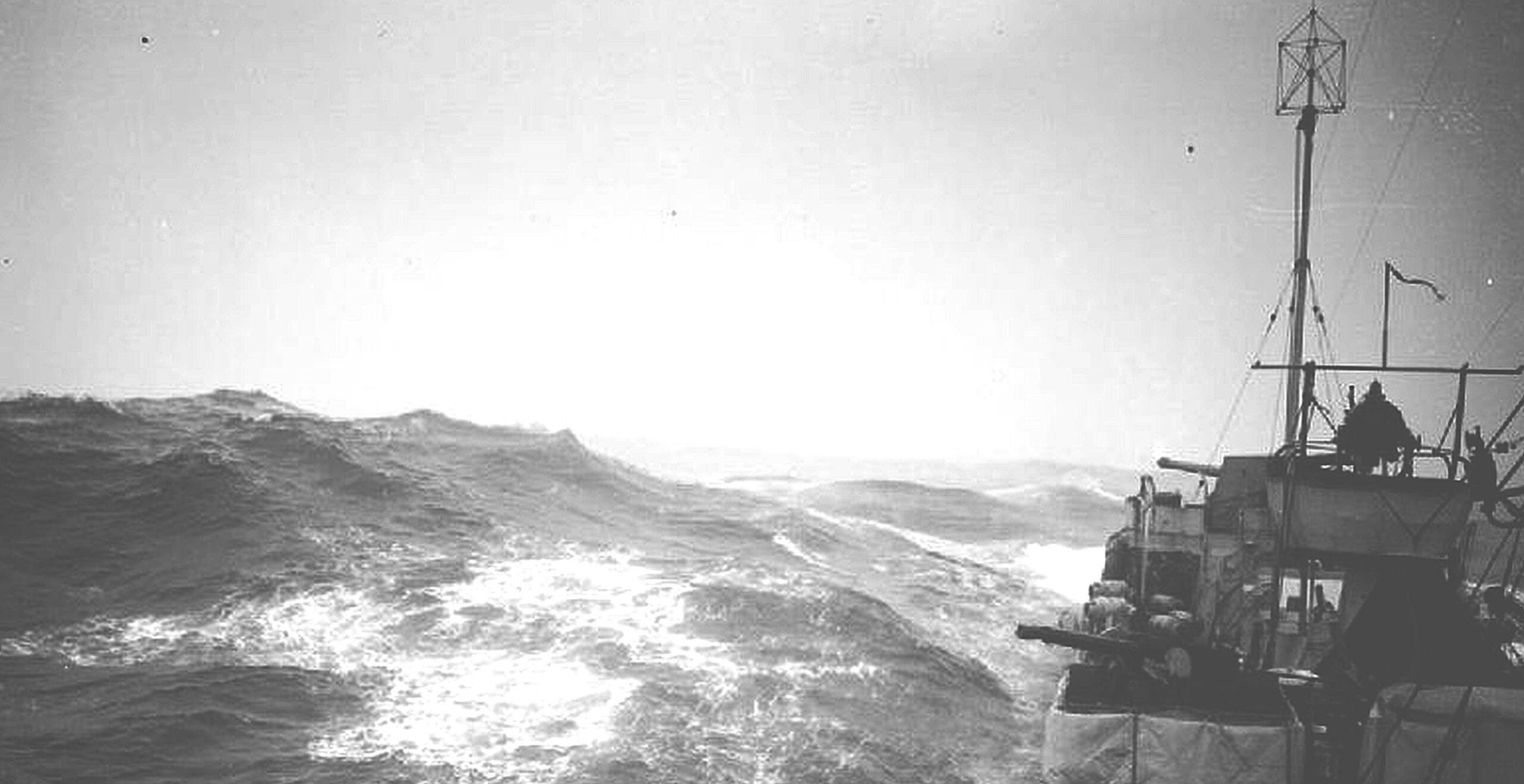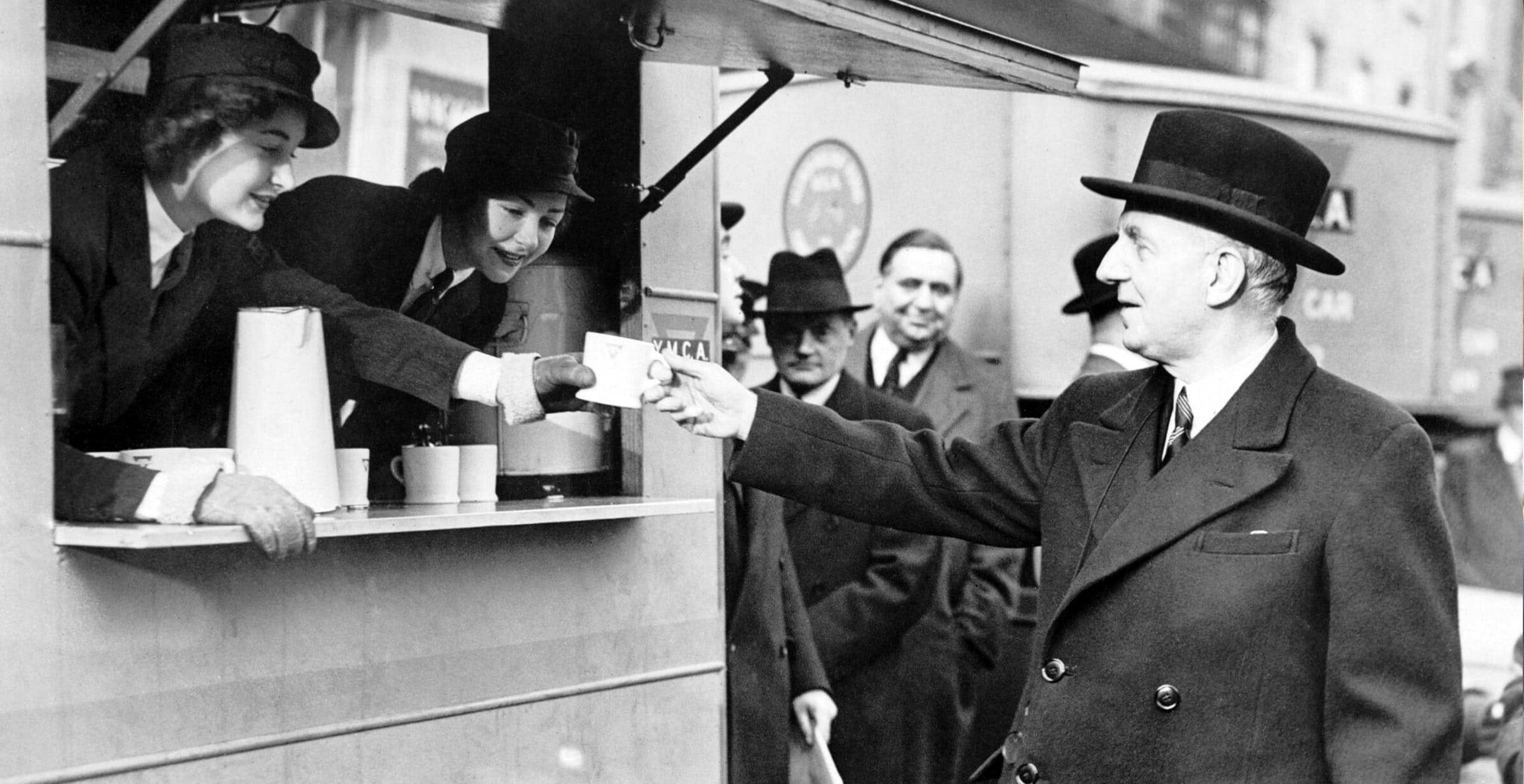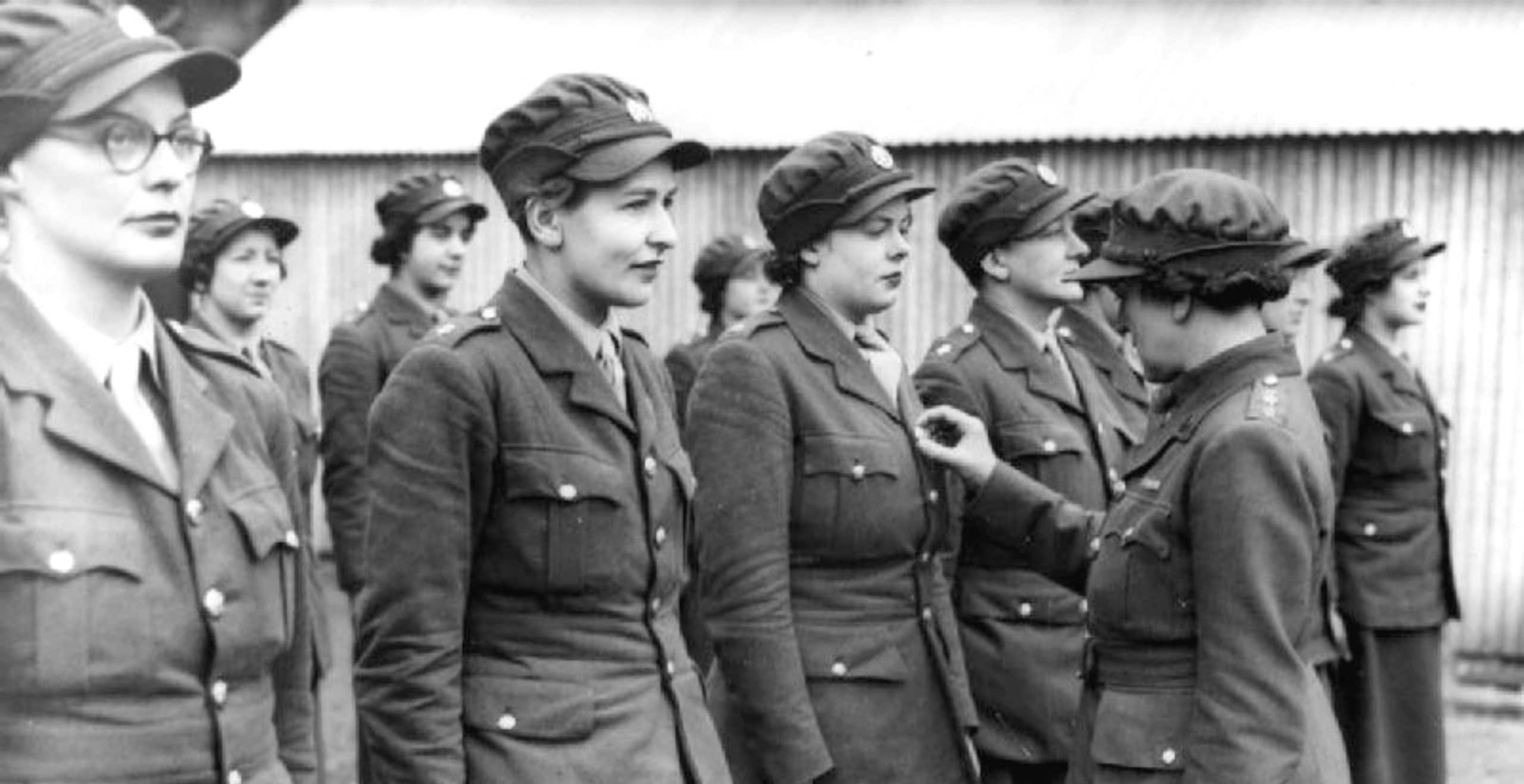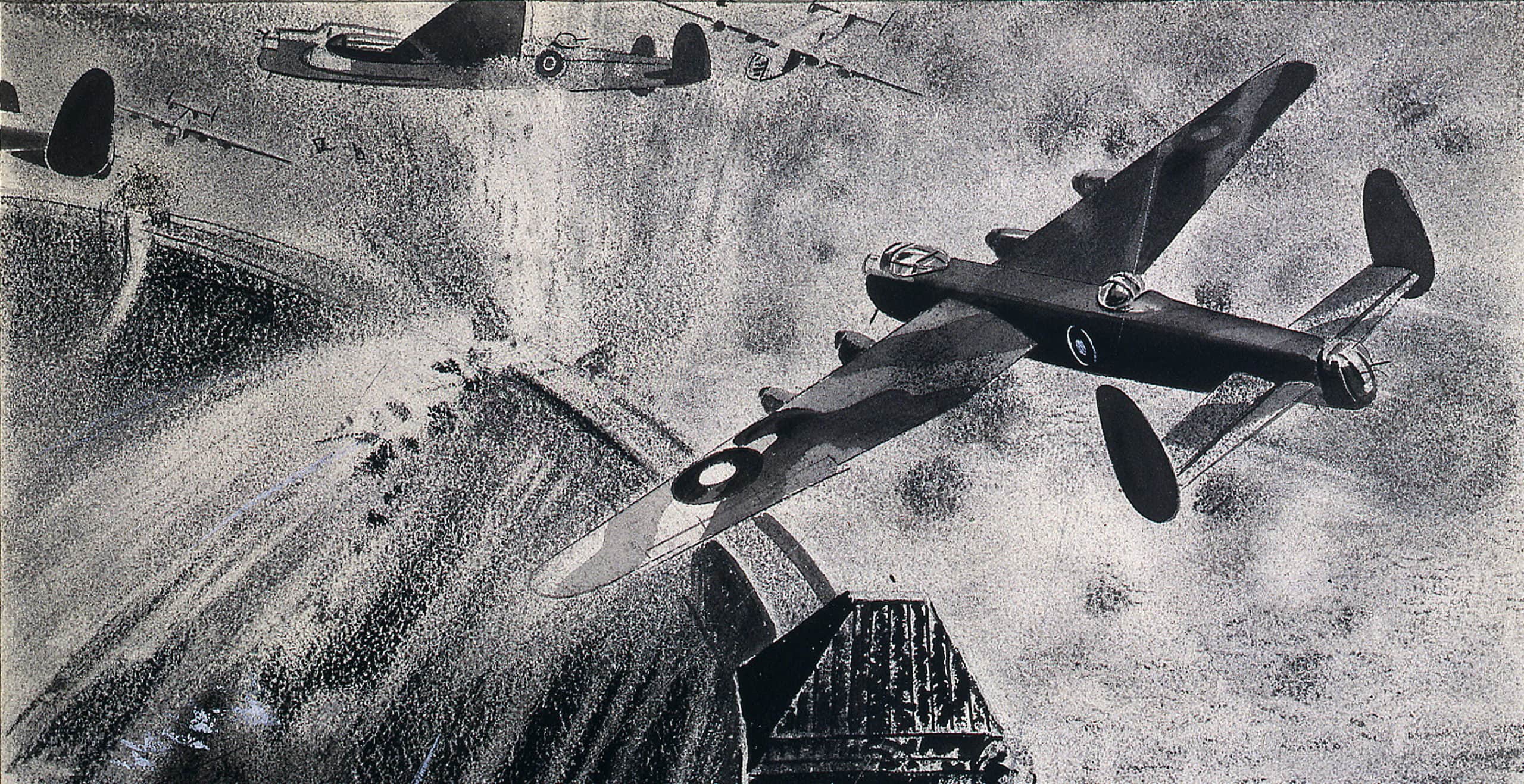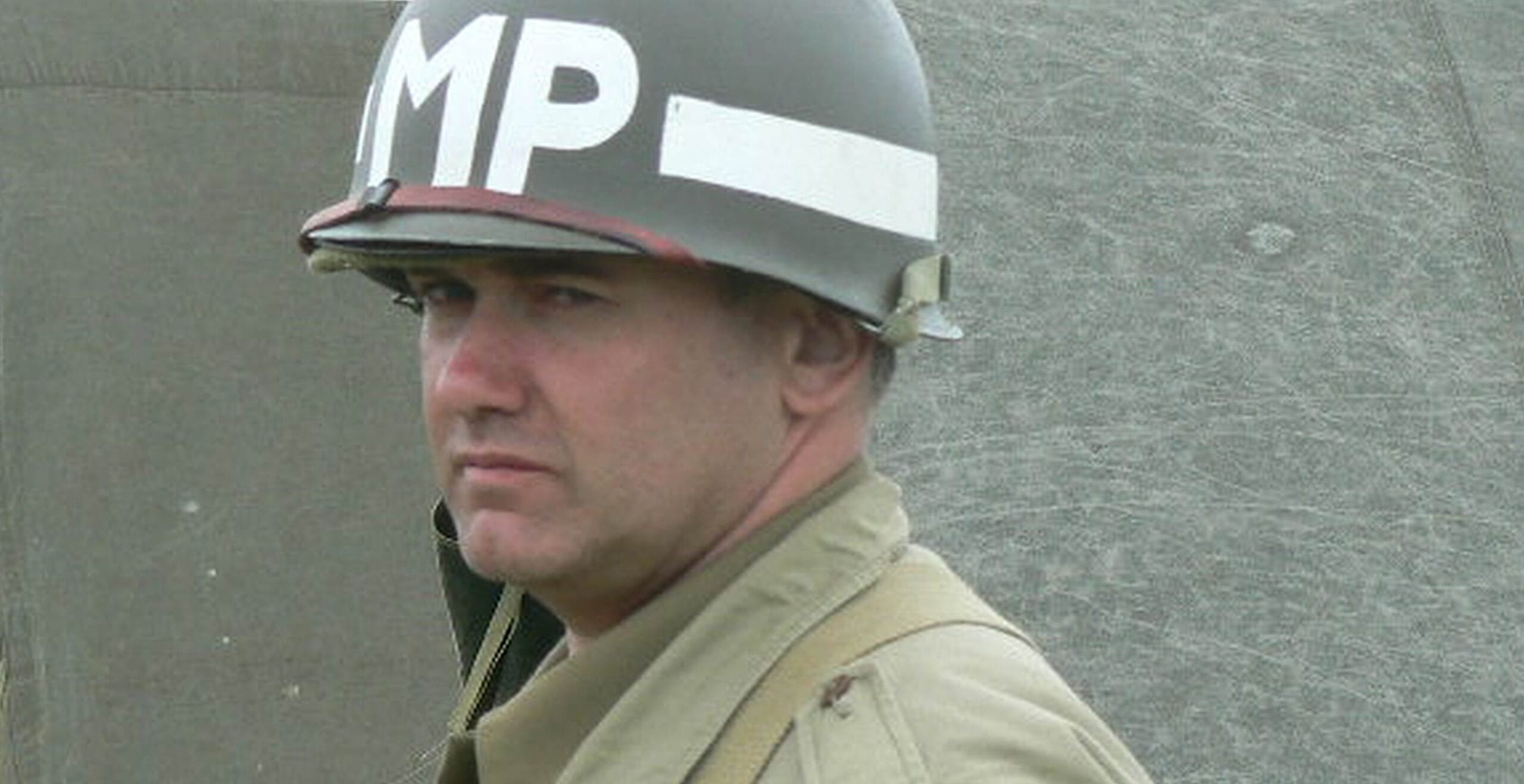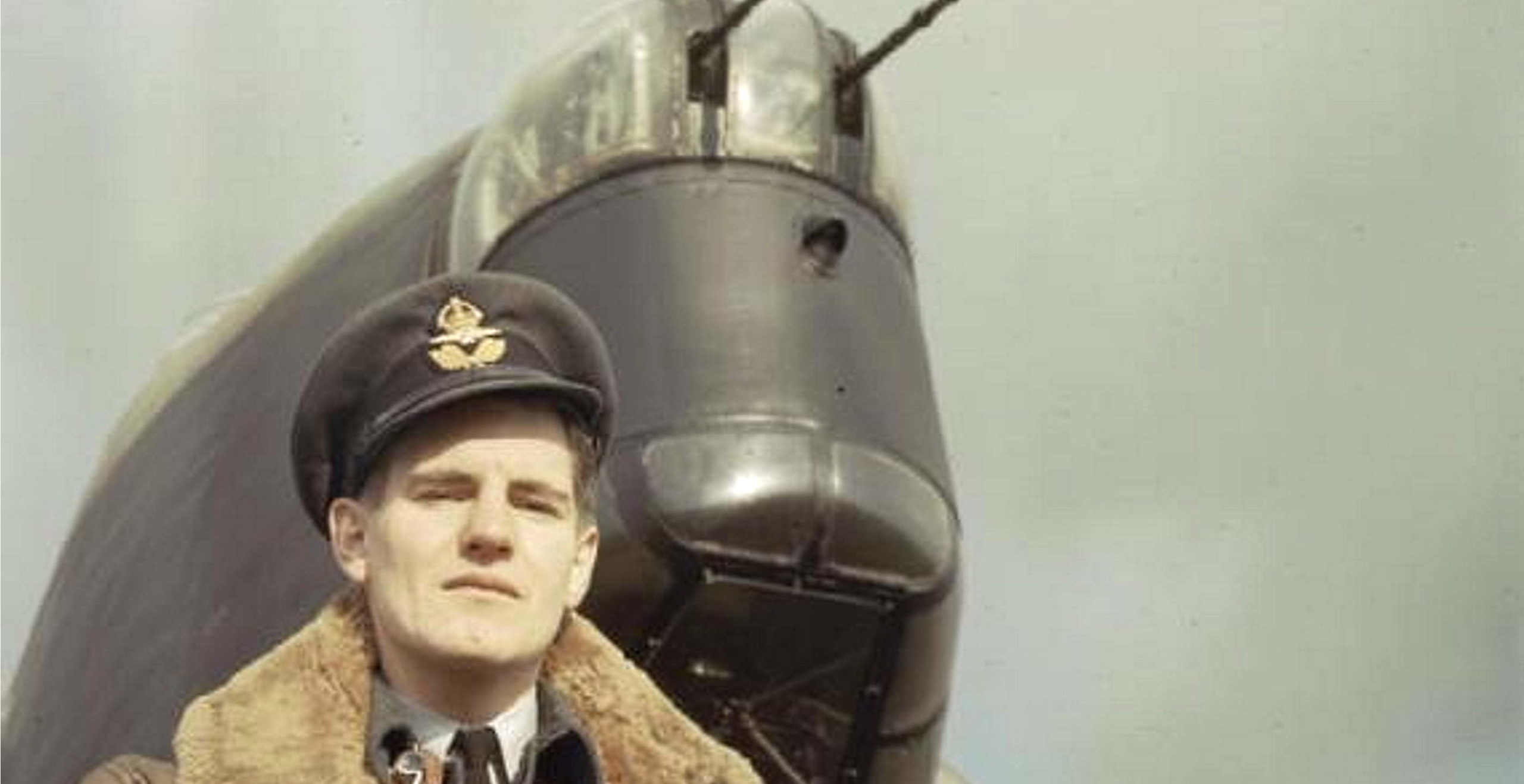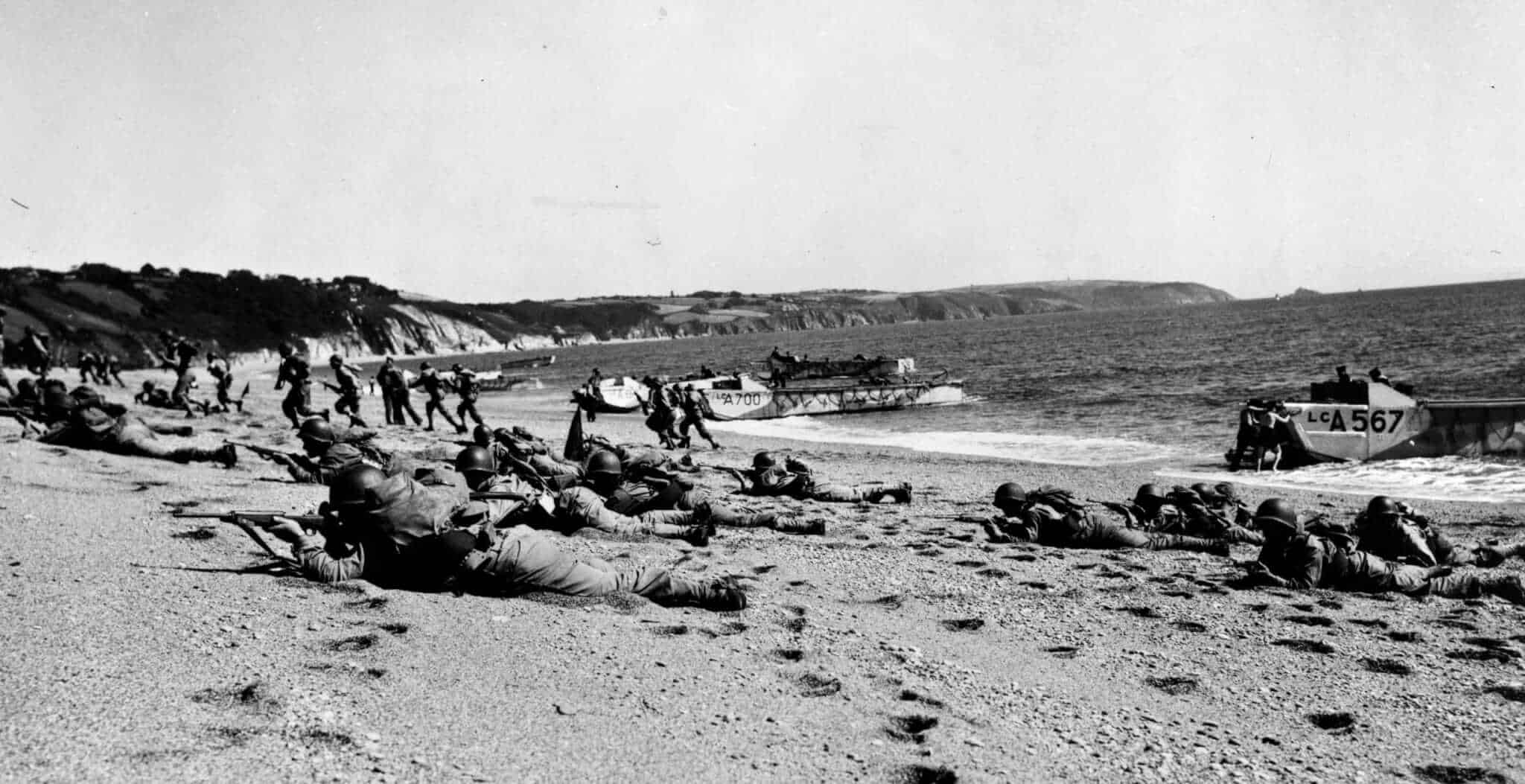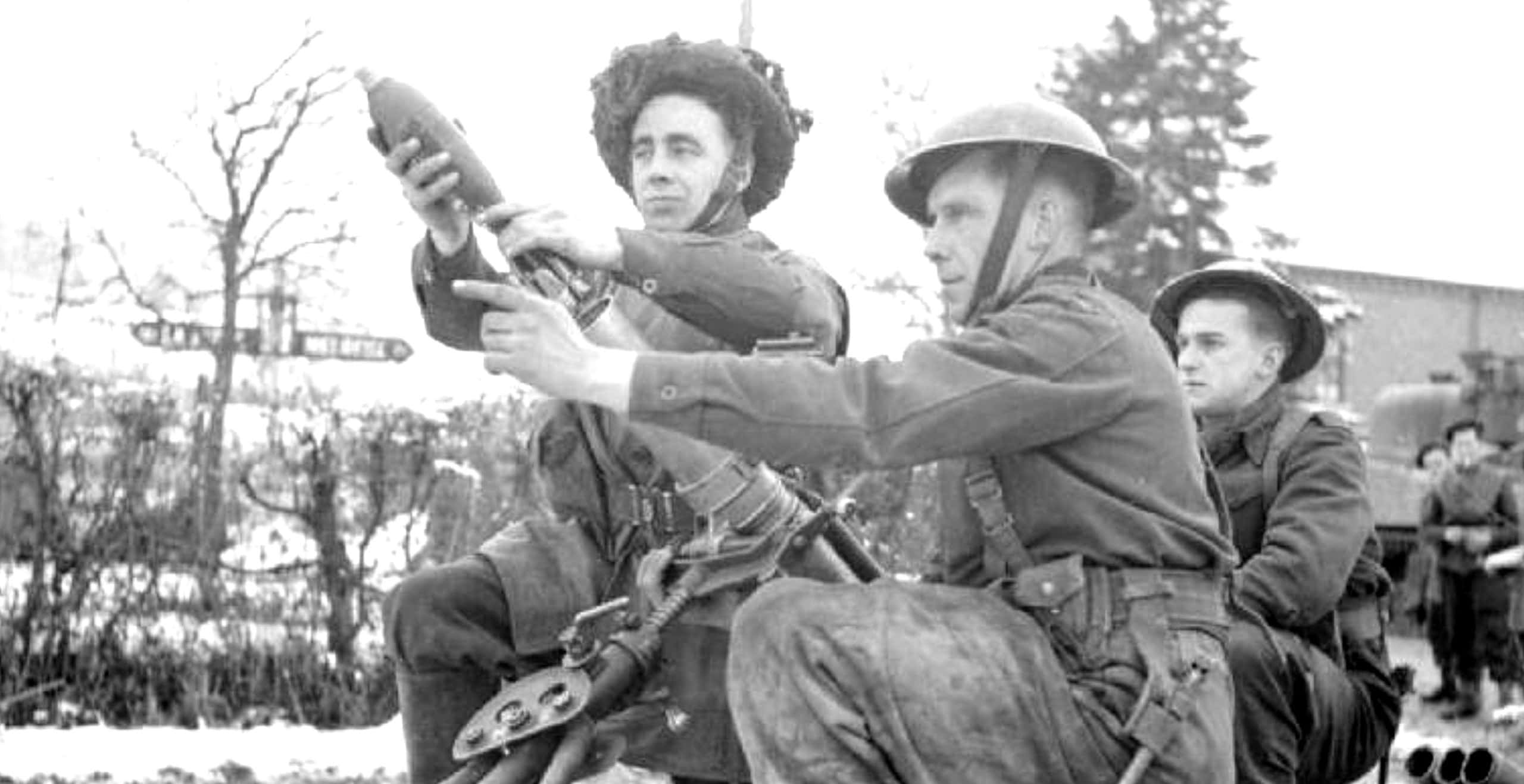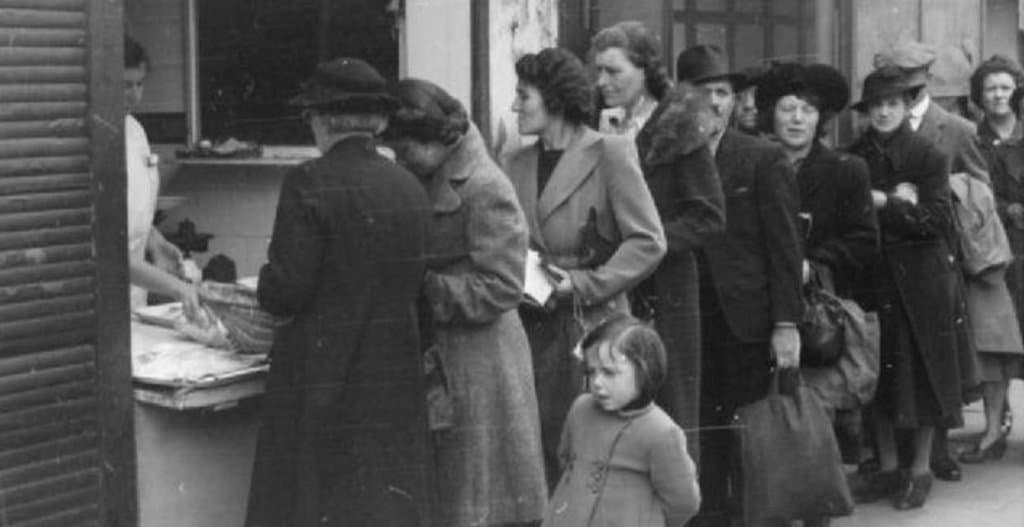During the Second World War, Britain depended on convoys of merchant ships crossing the Atlantic to bring in food, fuel, munitions and other supplies to the British isles.
Germany was well aware of this and Hitler ordered the sinking of any ship bound for the UK. Grand Admiral Erich Raeder announced “all merchant ships definitely recognized as enemy can be torpedoed without warning.” This also applied to those ships flying flags of neutral nations, should the German captains decide these ships were bound for British ports.
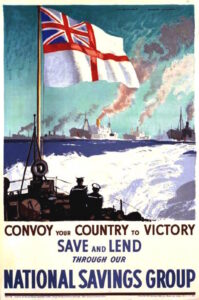
Foodstuffs became more and more scarce and so rationing was introduced. However without the extra supplies brought in by the convoys, it was possible that Britain would face starvation in just a few months.
In the first four months of the Atlantic blockade, some 110 merchant ships were destroyed by German submarines (U-boats). It appeared to be only a matter of time before hunger would drive Britain to the negotiating table.
It was soon apparent that the success the U-boats were enjoying was due to their tactic of hunting convoys in what became known as ‘wolf packs’. The Royal Navy’s escort ships needed a solution – and fast.
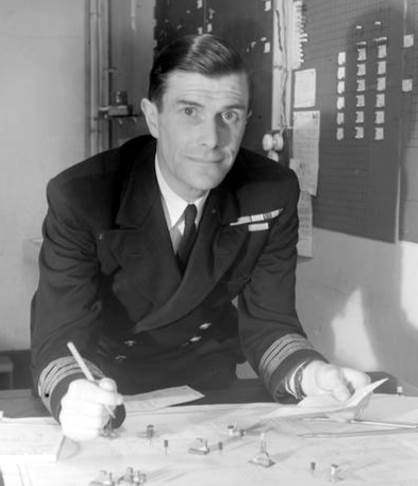
Winston Churchill tasked retired Commander Gilbert Roberts to put together a unit to analyse and develop tactics against the U-boats. The Commander was a very experienced naval officer, invalided out of active service due to TB.
The newly formed Western Approaches Tactical Unit (WATU) would analyse U-boat attacks, develop defensive tactics and teach these tactics to naval officers. If the tactics worked in wargaming scenarios, the theory was that they should work in real life.
As most naval staff were on duty at sea, Roberts decided to recruit from the Women’s Royal Naval Service, the Wrens.
The new experimental unit, set up in 1942, was staffed by Roberts and two other retired naval officers, along with four Wren officers – Elizabeth Drake, Jane Howes, Jean Laidlaw and Nan Wailes – and four Wren ratings, all recruited for their mathematics skills. Their ages ranged from just 17 to 21.
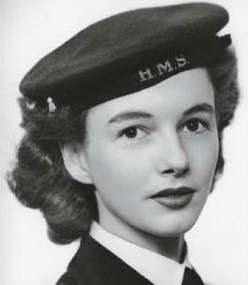
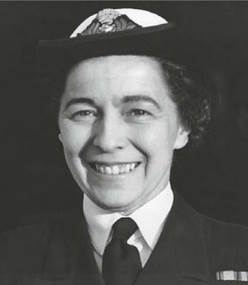
WRNS rating June Duncan (left) and WRNS officer Nan Wailes (right)
The WATU facility was based in Derby House in Liverpool and was very basic. The largest room in the building served as the war games room. Its floor was covered with plain brown lino, in the middle of which was a painted grid: this was the game board.
The war games were played as follows. The Wrens would move miniature conveys, model British ships and German U-boats around the board. Vertical Screens of canvas with peep holes in them were positioned so that players would have a restricted view, to represent the limited information that they would have in a real battle. These players were the escort ship captains.
The other team playing the U-boat captains had unrestricted views of game board.
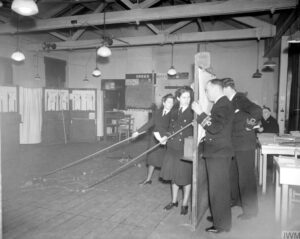
Each side took turns manoeuvring and attacking. U-boat and convoy movements were plotted as lines drawn in coloured chalk on the game board. When viewed through the screen slits, the plots of the U-boats appeared virtually invisible: only British ship movements could be seen. Therefore in the war games, the British ships were the most vulnerable, just as in real life.
Real data created from battle reports formed the basis of the games.
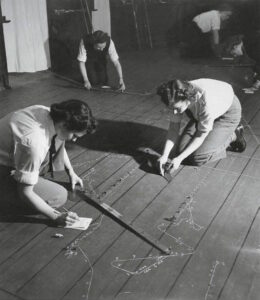
Each team was allowed just two minutes to make their move and the Wrens moved around the game board constantly, relaying information. Players had to take into account visibility at night, torpedo range, speed of ships, turn speed, escorts sonar etc. After the game players would review the tactics used and the outcome of the game.
Various tactical procedures were developed. The impact of a tactic called Raspberry on the war at sea was immediate and was followed by others known as Strawberry, Goosebery and Pineapple. Another tactic was called Step Aside, which was specifically designed to combat U-boats armed with acoustic torpedoes. As the Royal Navy went over to the offensive, the tactical priority shifted to hunting and killing U-boats.
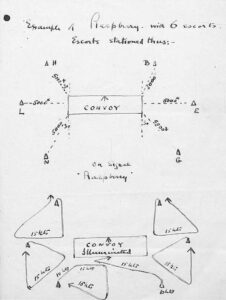
A sceptical Admiral Percy Noble visited the team and watched as they modelled a series of attacks on convoy HG.76. Roberts described the assumptions made about the tactics being used by the U-boats and then demonstrated their proposed counter moves.
Sir Percy was impressed. From now on, WATU staff would be regular visitors to the Operations Room and all escort officers were expected to attend the course.
WATU tactics were to face their greatest test in May 1943. The German U-boats were under the command of Admiral Karl Dönitz and had, up to this point, enjoyed considerable success in the North Atlantic.
Convoy ONS 5 consisted of 43 ships sailing from Liverpool to Nova Scotia and was targeted by U-boat packs. The battle lasted just over a week as the wolf packs tried to get in among the ships but were constantly frustrated by the escort ships. The escorts, using WATU tactics, accurately depth charged the submarines. However by the end of the engagement thirteen ships of the convoy had been lost but the Germans had lost 14 U-boats. In total that month, 34 German submarines were lost. That rate of loss, as Hitler pointed out to Dönitz, was unsustainable.
In late May 1943, Dönitz withdrew his U-boats from the Atlantic.
Convoy ONS 5 was a decisive turning point in the Battle of the Atlantic and was a complete vindication of the WATU tactics. Strangely, this important battle does not feature in British naval history, however the Germans did give it a name: Die Katastrophe von ONS 5.
During the war, some 5,000 officers of several allied nations – except Americans – completed the WATU course as part of their training, including the late Duke of Edinburgh.
In May 1945 Roberts, fluent in German, went to Germany with other officers to visit the German U-boat HQ in Flensburg, where he was surprised to see a photograph of himself in the Ops Room, captioned “This is your enemy Cpt Roberts, director of anti U Boat Tactics”
In July 1945 WATU was disbanded.
The crucial role the Western Approaches Tactical Unit played in helping Britain win the Battle of the Atlantic must not be overlooked. Nor should the outstanding work of the young Wrens whose tactics outmanoeuvred experienced U-boat captains. And all despite the fact that only some of them had even been to sea and none had ever seen a submarine!
Published: 11th April 2023.
